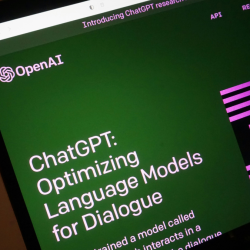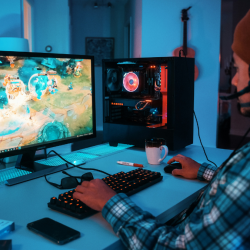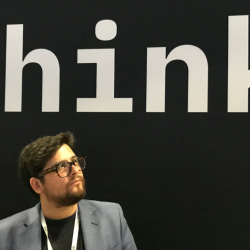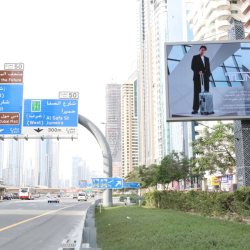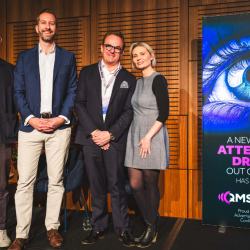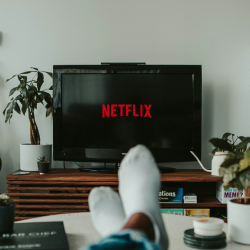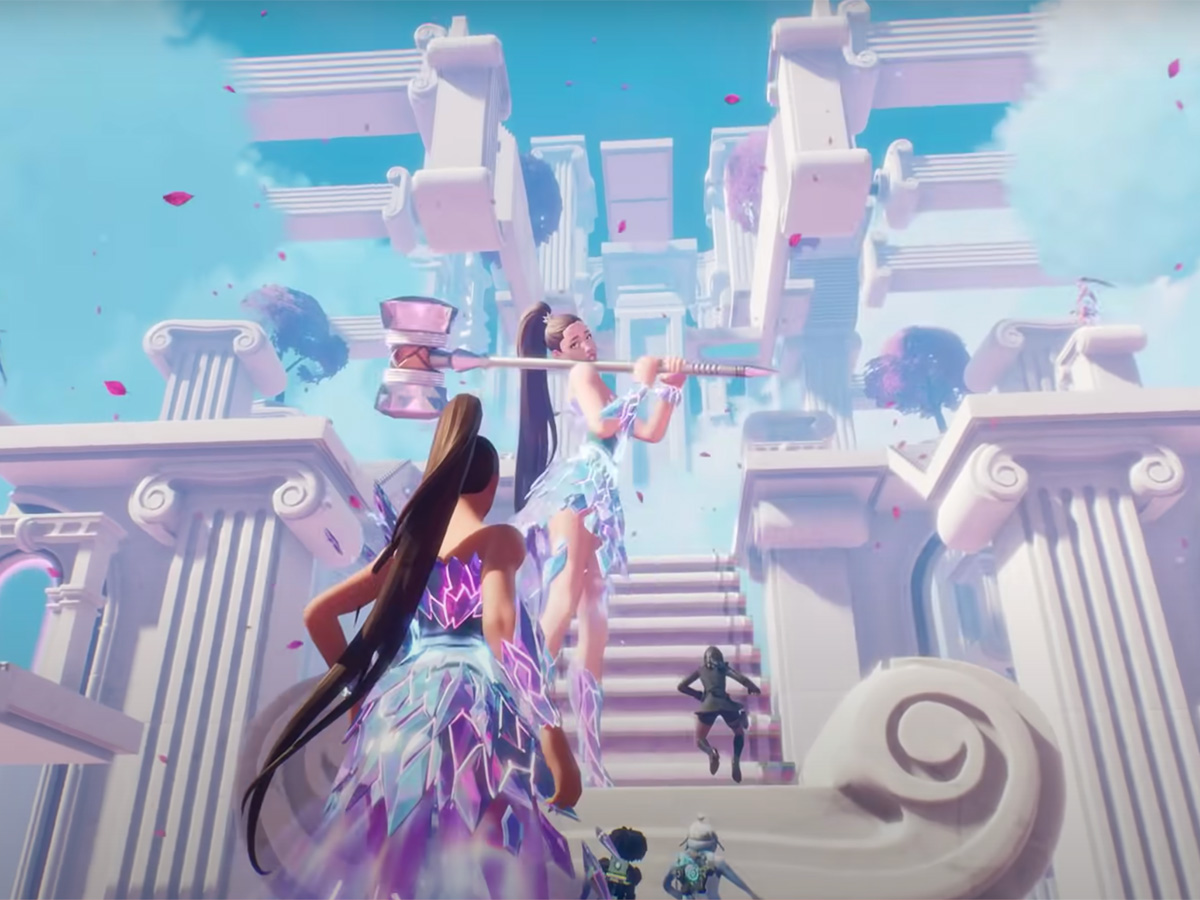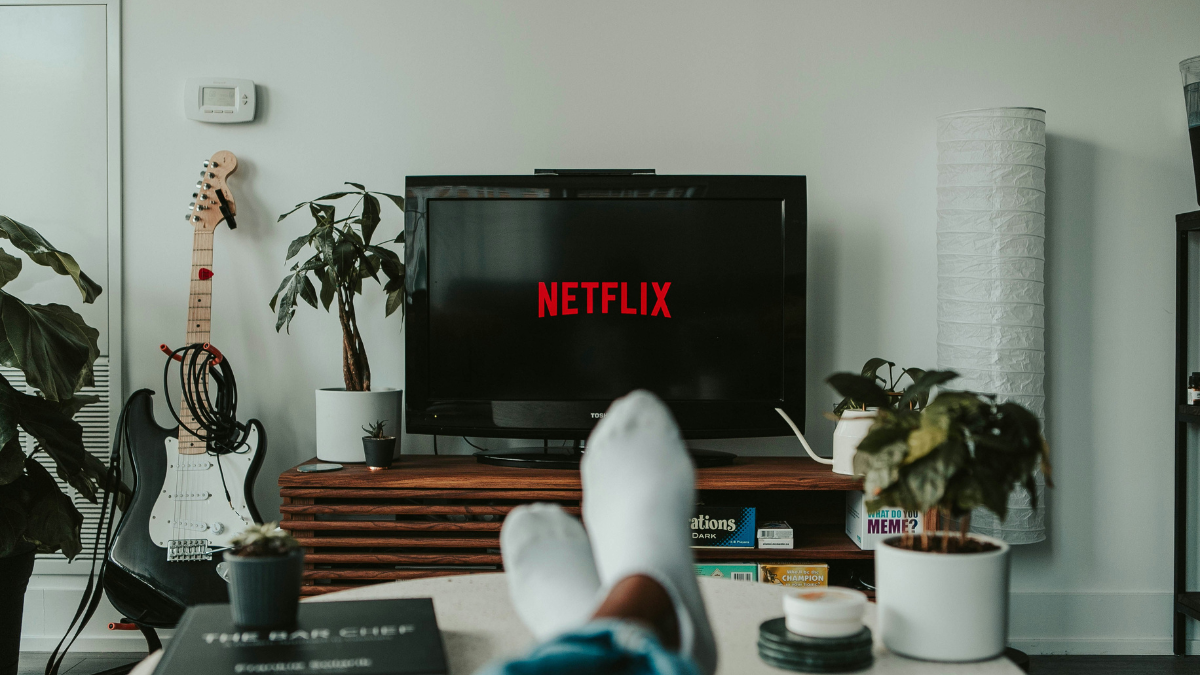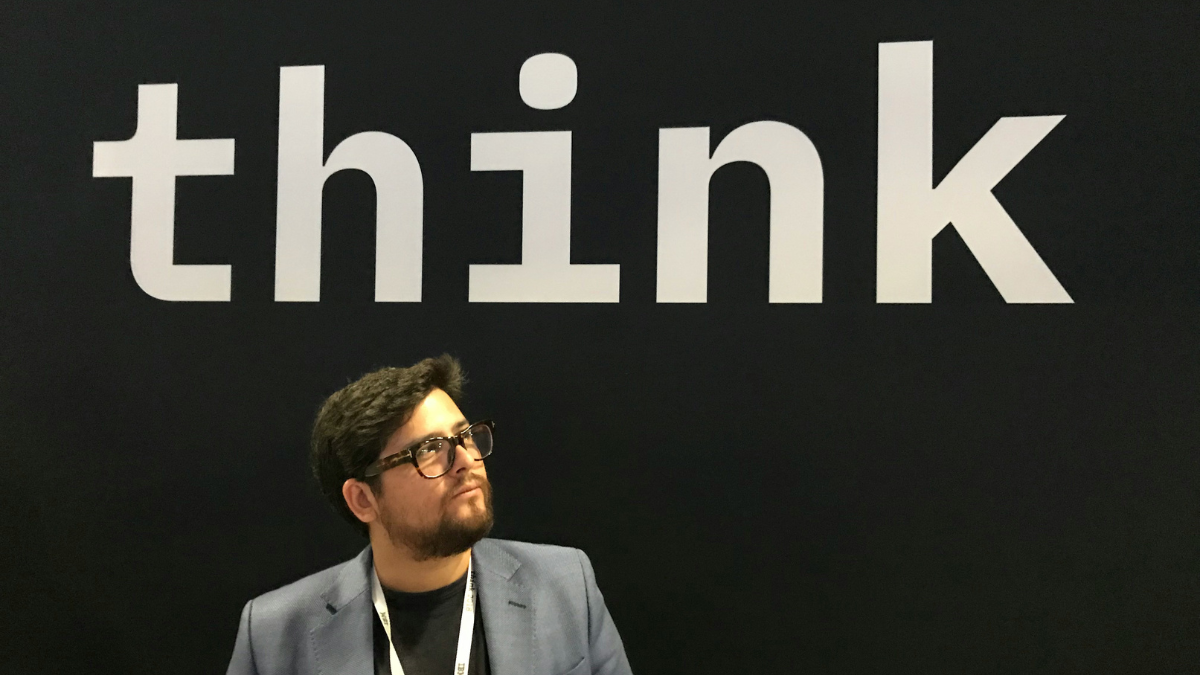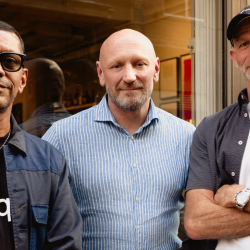Everyone is talking about the metaverse. It’s the new hype word and all companies, both big and small, want in. Few, though, can tell you firstly, what the metaverse precisely is, and secondly, whether it’s just a trend — or a vision of the future in which to invest financially, reputationally and environmentally. As a B Corp innovation studio, we can’t help but ask: can a virtual world save our planet… or will it just make things worse?
As it has been conceptualised, the metaverse is a fully-functioning digital universe that runs parallel to ours — but it doesn’t exist yet. Imagine a Fortnite lobby in which your avatar (wearing gear bought from the Amazon digital wearables marketplace) meets your Discord and Facebook friends before heading off to watch the new Marvel movie together. The technologies necessary to enable this kind of universe are either in their infancy or are in the process of being further developed to support integration with other apps. Just the idea of it has whipped everyone into a frenzy of excitement — to the point where people are so busy asking how they can get involved, they’ve forgotten to ask whether they should.
Intel estimates that the metaverse will require 1,000 times more computing power than our current computing infrastructure. This means more microchips and devices globally, which need to be more efficient and sustainable to meet big tech companies’ commitments to carbon reduction. In itself, the rush for materials used in these electronic devices is terrible both for social and environmental reasons, leading to displaced populations and biodiversity damage (see the Guardian’s and Bloomberg’s articles on the topic). And, for any of this to work, the metaverse is going to need a fully-functioning economic system – one that could be set in the form of blockchain cryptocurrencies, which themselves demand an extraordinary amount of power to be “mined” (the process in which transactions are verified and made secure).
It is clear that the environmental impact of the metaverse could potentially be incredibly damaging — but the societal impact could be equally, if not more, detrimental. Facebook sounded like a fun idea before it was linked to social isolation and manipulation. The health and wellbeing of our societies is at risk if we do not take the time to assess what we’re creating and why. To put it another way: the entertainment of a privileged few could come at the cost of the wellbeing of millions.
However, that’s not to say that the metaverse is definitely the harbinger of doom
If it fulfilled our needs and desires to grow and consume while reducing consumption in the real world, it could genuinely change things for the better. For example, avatar-based “in person” meetings with thousands of participants could replace conferences and concerts, limiting travel and production emissions; people could gain access to boundless tools and knowledge as virtual and augmented realities enable new ways of learning; and ostentatious consumption of material goods could move online (the environmental impact of digital fashion versus IRL fashion is, as yet, unclear. However, two things are certain: digital fashion would save on the use of animal products and enable creatives limitless freedom of expression, uninhibited by the availability of materials).
All of which begs the question: what products, services and interactions are worth developing digitally? We must understand the responsibility this opportunity comes with and incorporate an environmental and societal impact strategy into any decisions we make about the virtual world. Yes, the metaverse can benefit the planet, but not if we’re spending all our energy just following the hype.
Featured image: Fortnite x Ariana Grande / Faiz
